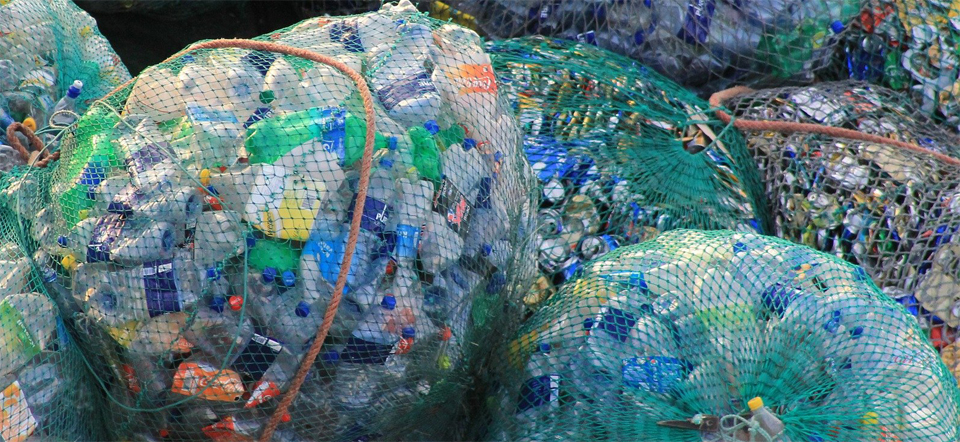
Fast and reliable quality control for recycled PET materials

Objective
Polyethylene terephthalate (PET) is a versatile polymer that may be excellently recycled. In addition to 356.000 tons from beverage bottles, 60.000 tons of recycled PETs (R-PET) from other sources were also processed in Germany in 2016. While food-contact PET materials are mainly used for bottles and food packaging, the non-food-contact fraction is useful for textile fibers, films, automotive parts, building materials, fillers and other items. The latter often comes from mixed collections and is therefore more contaminated – for example with impurities, adsorbed foreign substances or foreign polymers, such as PVC or polyamides. Storage also has a crucial impact on the quality of the recyclate flows because properties can be decisively altered again due to exposure to moisture or light.
As part of initiatives launched by Petcore Europe or the Ellen MacArthur Foundation, many companies have committed to increasing the PET recycling rate to around 65 % for packaging by 2030. There is a number of challenges hampering the achievement of this target, such as the lack of verifiable standards: On the one hand, PET recyclers can be certified in the EU, whereas flows from non-EU sources fall through the grid. For instance, converters are often unable to prove whether and how much R-PET is contained in their product, meaning that they barely meet existing and future standards – e.g., with regard to ingredients. Batch fluctuations, especially in post-consumer flows, can result in product defects and returns.
With this industrial research project, we would like to support the industry and devise systematic methods for evaluating R-PET flows. By evaluating selected properties (tensile-strain behavior, aging behavior) as a function of material flow after melt processing and correlating them with typical characteristics of the input flows, specific structure-property relationships can be derived. This will lead to methods for software-supported material flow evaluation being combined, which the project participant can use as a nucleus for setting up quality control or for developing specifications for the use of recycled materials.
Main focus and approach
The new method being pursued is intended to enable accelerated evaluation of R-PET flows using only an infrared spectrum and is based on a software model. Compared to the state-of-the-art method, which often requires time-consuming DSC, MFR or IV analyses, involving extensive instrumentation, this would yield significant time and cost savings. In addition, the option of rapid multiple determinations will make sampling more representative and reliable.
The focus is on industrial applications without food contact – for example in the automotive, furniture or shipbuilding sectors – as well as on non-food packaging. The new technology should facilitate a continuous, rapid and reliable check to verify the suitability of an R-PET stream for specific applications.
 Fraunhofer Institute for Structural Durability and System Reliability LBF
Fraunhofer Institute for Structural Durability and System Reliability LBF